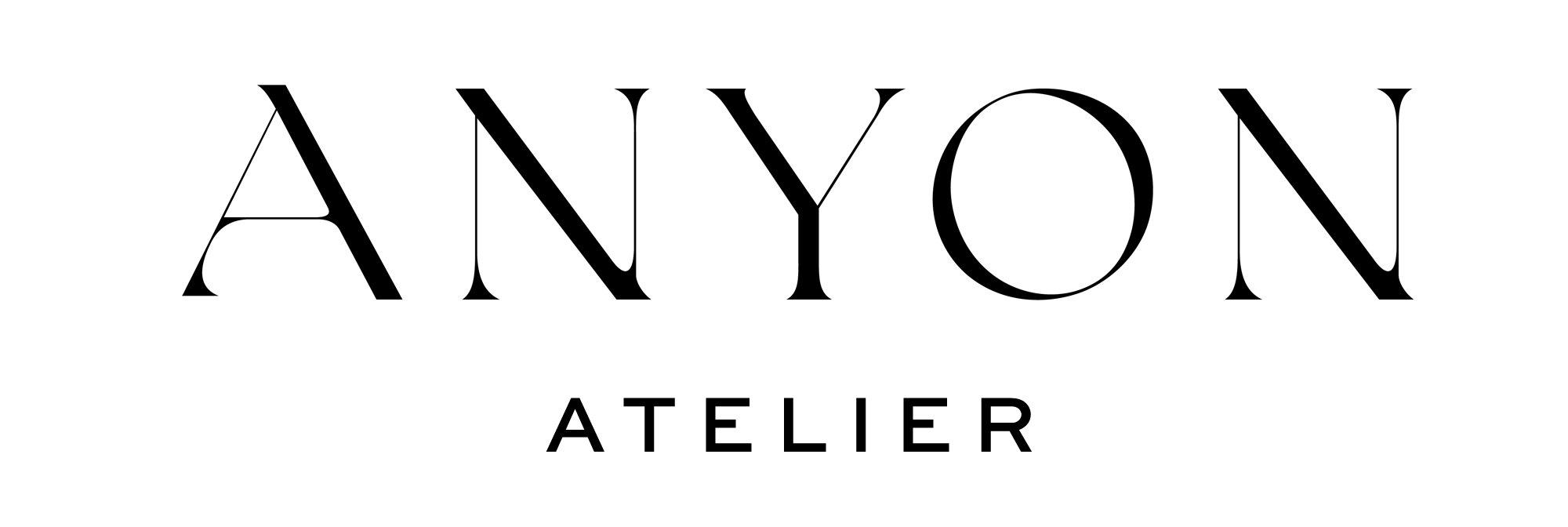Lindsay: Can you share some details about your background and how you got started creating art?
Geoffrey: "I have painted all my life, as my mother was a well-known artist in Pittsburgh, PA. I majored in Art & Archeology at Princeton University, writing my Thesis on the nature of the creative process. This was followed by post-graduate studies at The Hellenic Institute in Athens, Greece. Later, after receiving a Masters from Stanford, I embarked on a 25-year career in advertising and marketing before embracing painting full-time."
Lindsay: Can you tell us about your creative process?
Geoffrey: "I work in two distinctly different styles. One style is a 21st Century reinterpretation of the “Bay Area Figurative Movement” of the 1950s and ‘60s. Mostly landscapes, these works are grounded in representation, then abstracted to distill form and color. Sometimes a painting will stay pretty representational; other times it will end up much more abstract. Over time, the works have become increasingly geometrical, in some ways echoing the progression over time of Richard Diebenkorn. He [Diebenkorn] says, “At some point in the process the painting starts to assert itself, and it goes where it wants to go.”
Lindsay: Do you consider yourself a plein air artist?
Geoffrey: "I have painted plein air extensively in the past. While I frequently do sketches on-site, my current paintings are simply too big to be done plein air."
Lindsay: How are you inspired by Bay Area mid-century painters?
Geoffrey: "Richard Diebenkorn had been the artist-in-residence at Stanford several years before I was there. Although I never met him, I became quite interested in Diebenkorn’s career trajectory. Diebenkorn was unusual, in that he went from an abstract expressionist style in the 50s (at which he was quite successful), then moved to a more representational style (the so-called "Bay Area figurative movement"), then finally to the lyrical geometric schism of the "Ocean Park'' series in the 70s and 80s. Albeit not consciously, my painting style has paralleled Diebenkorn’s. I have always been taken with the unexpected brilliance of Diebenkorn’s compositions and that has influenced his work in both the representational and more geometric styles."
Lindsay: Are there some interesting backstories to any of your paintings currently at Anyon?
Geoffrey: "Kythnos" is a small island in the Aegean, with a year-round population of about 800, and which is almost totally undeveloped. My wife and I visited in 2019. I did a number of sketches, and this is one of the paintings that resulted. "White Dock" depicts a dock at the Villa Ratak, which is located on the Adriatic about 20 km north of Dubrovnik.
More generally, I have been very much influenced by my environment, by what I see around me. This is manifested in my art, even in the more abstracted works. The treatment varies somewhat by subject, but the underlying touchstone for all but the completely non-representational pieces.


